A really good conversation
/ Today was Day 2 of the Canada GeoConvention. But... all we had the energy for was the famous Unsolved Problems Unsession. So no real highlights today, just a report from the floor of Room 101.
Today was Day 2 of the Canada GeoConvention. But... all we had the energy for was the famous Unsolved Problems Unsession. So no real highlights today, just a report from the floor of Room 101.
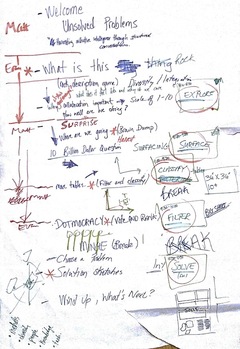 Today was the day. We slept about as well as two 8-year-olds on Christmas Eve, having been up half the night obsessively micro-hacking our meeting design (right). The nervous anticipation was richly rewarded. About 50 of the most creative, inquisitive, daring geoscientists at the GeoConvention came to the Unsession — mostly on purpose. Together, the group surfaced over 100 pressing questions facing the upstream industry, then filtered this list to 4 wide-reaching problems of integration:
Today was the day. We slept about as well as two 8-year-olds on Christmas Eve, having been up half the night obsessively micro-hacking our meeting design (right). The nervous anticipation was richly rewarded. About 50 of the most creative, inquisitive, daring geoscientists at the GeoConvention came to the Unsession — mostly on purpose. Together, the group surfaced over 100 pressing questions facing the upstream industry, then filtered this list to 4 wide-reaching problems of integration:
- making the industry more open
- coping with error and uncertainty
- improving seismic resolution
- improving the way our industry is perceived
We owe a massive debt of thanks to our heroic hosts: Greg Bennett, Tannis McCartney, Chris Chalcraft, Adrian Smith, Charlene Radons, Cale White, Jenson Tan, and Tooney Fink. Every one of them far exceeded their brief and brought 100× more clarity and continuity to the conversations than we could have had without them. Seriously awesome people.
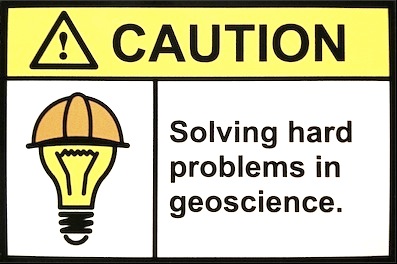 This process of waking our industry up to new ways of collaborating is just beginning. We will, you can be certain, write more about the unsession after we've had a little time to parse and digest what happened.
This process of waking our industry up to new ways of collaborating is just beginning. We will, you can be certain, write more about the unsession after we've had a little time to parse and digest what happened.
If you're at the conference, tell us what we missed today!




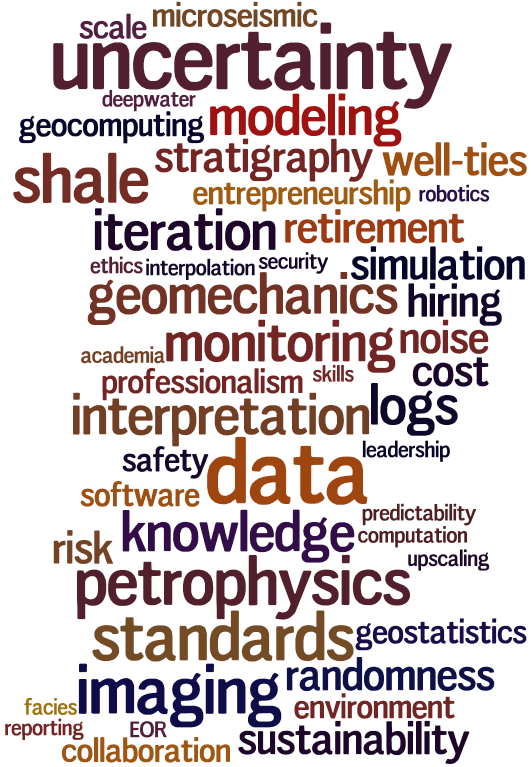








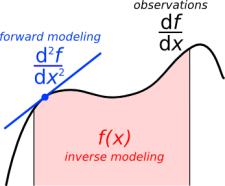
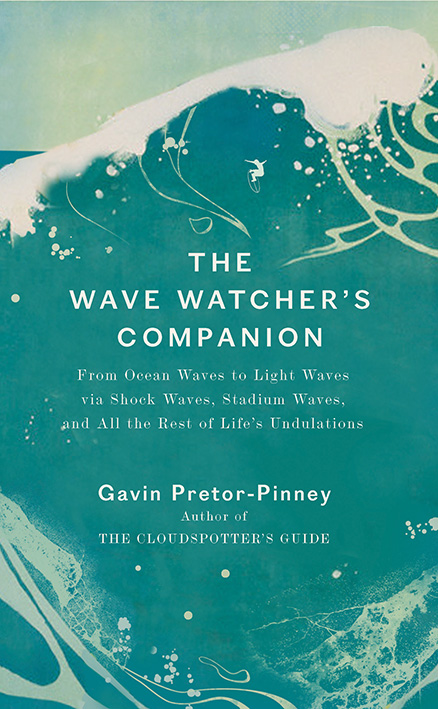
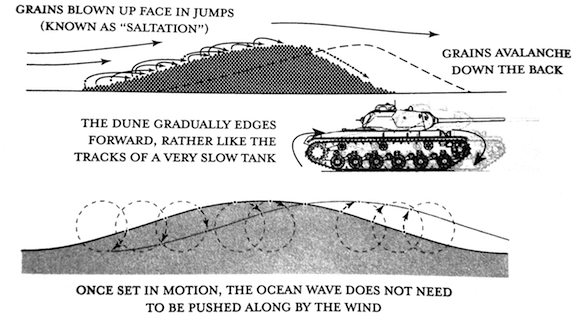
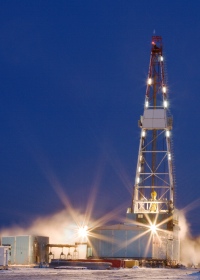
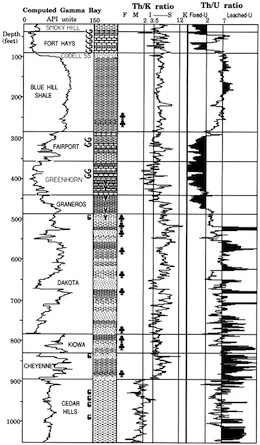




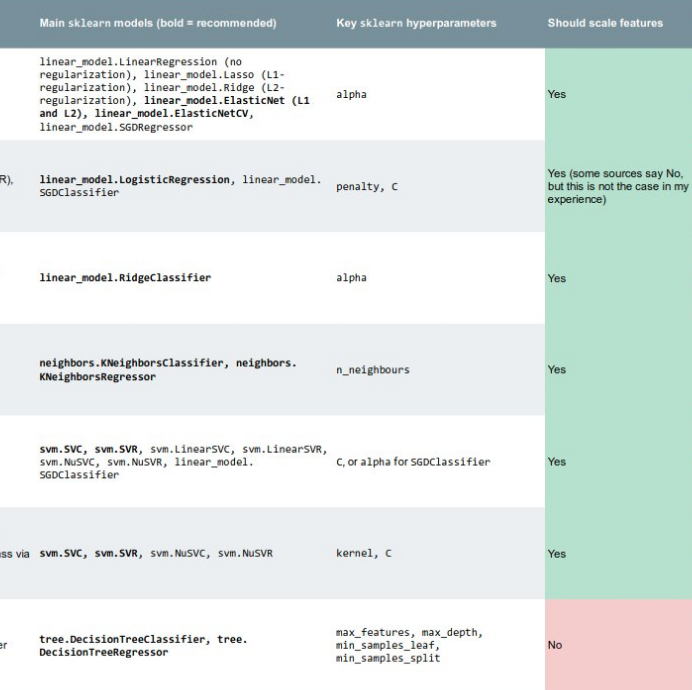

 Except where noted, this content is licensed
Except where noted, this content is licensed